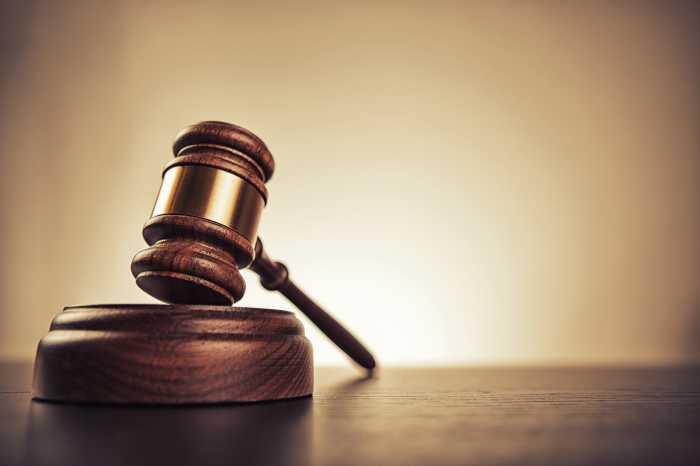
BY SYDNEY PEREIRA | East River Park is expected to undergo massive changes in the coming years.
As early as March 2020, the city could begin burying the park with 8 feet of soil, closing it for three-and-a-half years, in order to rebuild the park anew to protect thousands of nearby residents from coastal flooding and storm surges.
But with all the new changes also comes skepticism that the city would be able to meet its deadlines. A new report commissioned by research and design firm Rebuild by Design and local affordable housing organization Good Old Lower East Side (GOLES) says communities bordering East River Park should form an alliance to ensure the community’s voice is listened to.
The idea is that an “East River Park Alliance” would be a more organized entity, bringing together many of the East Side’s myriad park groups. The $1.45 billion project to redo East River Park would benefit from such an alliance’s input and help on the new, rebuilt park’s facilities, spaces, programming and ultimately maintenance, according to the report.
The report draws from examples of other stewardship groups, such as the Bronx River Alliance and the Building Bridges Across the River group in Washington, D.C.
The Bronx River Alliance began as an all-volunteer organization in the 1970s to clean up and restore the Bronx River. But it later morphed into a formal nonprofit and has secured an eco-friendly building for community and school groups, environmental research, storage for canoes and kayaks and Parks Department use.
Meanwhile, D.C.’s Building Bridges Across the River has secured millions of private funds to preserve affordable housing and implemented an “Equitable Development Plan” — an effort to prevent gentrification once the elaborate 11th St. Bridge Park, often likened to the High Line, is completed.

But some Lower East Siders were already skeptical of creating such a stewardship group. They feared a lack of transparency without true community engagement, some said at a mid-November Community Board 3 meeting, when Rebuild by Design announced it would release the report.
But the goal of such an alliance would be to avoid becoming the typical kind of stewardship group that is often criticized by communities for a lack of transparency, according to the report.
Amy Chester, Rebuild by Design’s managing director, wrote that the recommended model is to be “community-oriented and avoid or mitigate externalities that can arise from nongovernmental stewardship models such as gentrification, privatization of park resources, and amenities that lack affordability.”
An immediate strategy would be to work on a construction phasing plan for the city’s resiliency project — one that could keep East River Park from going off-line all at once for the construction. Parks is currently working on such a plan, though details have not been released, a spokesperson previously told The Villager.
“There’s not a lot of other parkland around — certainly [not] with active recreation fields, so that’s going to be important,” said Carter Strickland, the state’s director of The Trust for Public Land. Strickland worked with James Lima Planning + Development on the report after winning a request for proposals, or R.F.P., put out by Rebuild by Design and GOLES this summer.
“Any working group or alliance would be busy almost immediately,” Strickland said.
The alliance would start as a working group and later be structured to coordinate with the city through a paid alliance staff and director. The report estimates necessary funds for a formalized alliance would be between $200,000 and $250,000 a year for staffing, a Web site launch and administrative support.
“We’re just giving the community tools,” Strickland said. “We’ll see what the community does with it.”






































